When we were young kids, excited and daring, we all had an imagination, how to catch a bird, but there is an issue in its accomplishment. Birds can consume your fruits, corn, and other food items present in the garden or farm. Raptor birds like eagles, hawks, etc., can attack the exterior koi pond. Woodpeckers can damage the timber walls and trees.
How To Catch Wild Bird: Step by Step?
If a wild bird exists in the yard with any problems, they can utilize the following method to have it safely and humanely.
Just follow these simple steps:
1. Be Sure about The Reality of Injury of The Bird
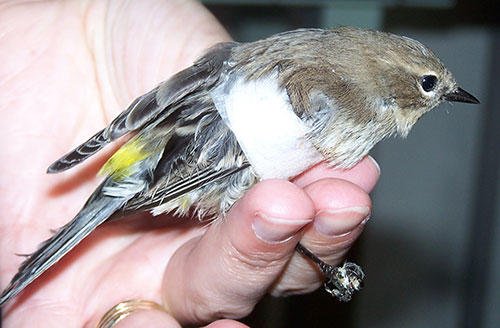
A common drawback in individuals is that they tend to assist wherever help is not required. Wait many minutes if one simply watches a bird fly into a window or smack against one thing. Typically, the bird is just dizzy and can revisit up on its own.
If the bird stays on the bottom or encompasses a broken wing, then move to step 2.
2. Check If the Parents are Around
Birds are entirely different from humans. Whereas they are young, birds can normally venture from their nests to be told the way to fly. These babies will not have all their feathers grown. Hence might find themselves on the floor. However, their elders are near and observing.
If there are adult birds – of the same species – monitoring the baby, leave it on its own. You will be able to monitor the bird still to make a shield, so it does not get hunted. However, most likely, the baby would be alright.
3. Call a Wildlife Rehabilitator
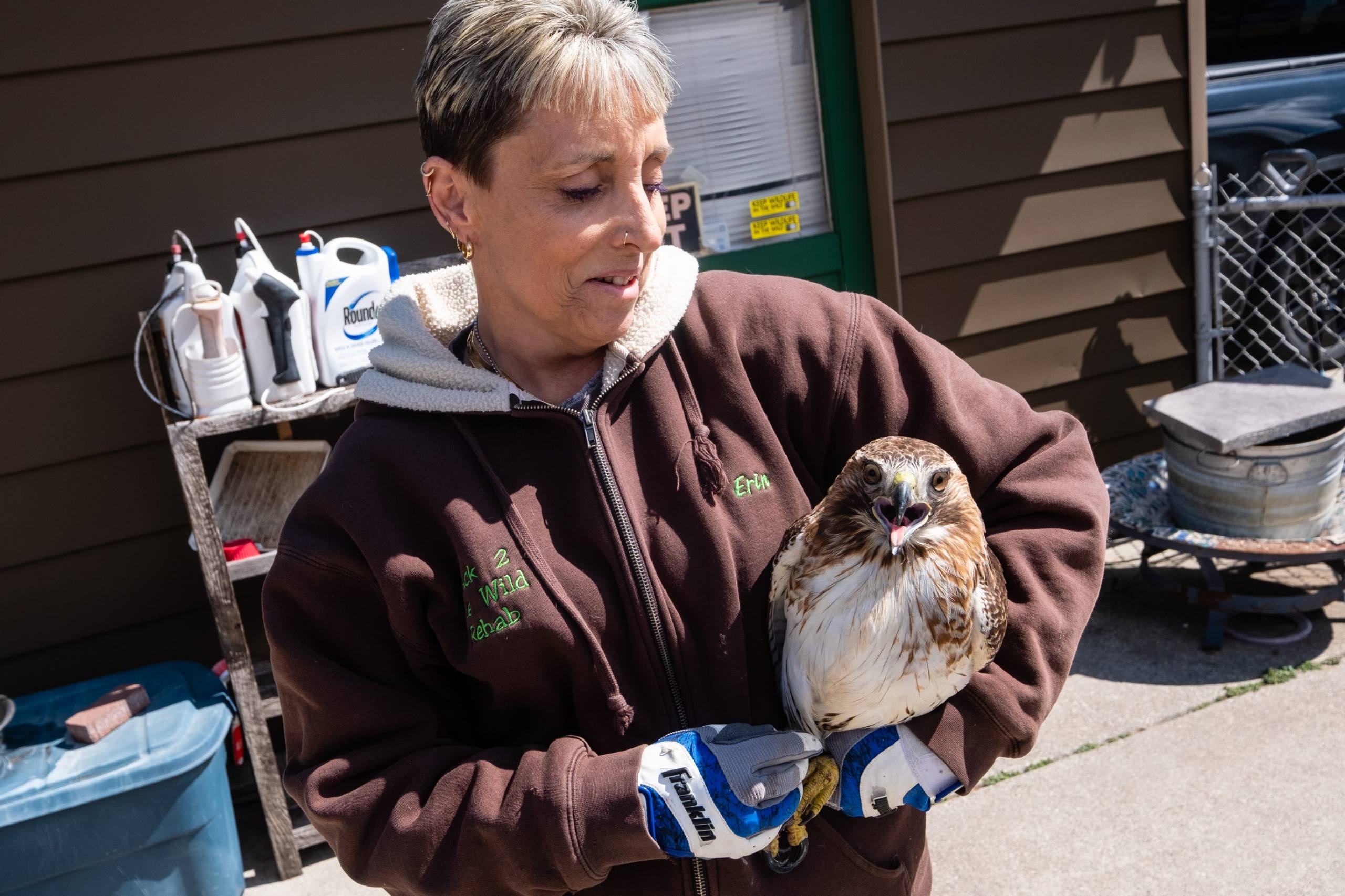
There are professionals all over the globe who can instruct about the whereabouts of what to do with a wild bird. Call them and describe the situation. They can tell you if you should assist the bird or leave it alone.
Wildlife renewers are also the people anyone must aim to contact once the bird is captured. They lend profitable information regarding feeding, housing, and keeping the tiny creature secured and healthy.
In several cases, the personnel will take the bird from there and can admit it to the vet.
4. Put on Gloves
Birds are untidy. They carry diseases. This can transmit to humans and might even have pests like mites or parasites. Before picking one up, place it on a tray of thick, durable gloves.
These resist skin contact and additionally stop you from being injured if the bird pecks you. Remember to scrub the gloves after you finish stopping the transmission of pests.
5. Get a Piece of Fabric and approach From Behind
You would not aim to frighten the bird. It will require something to trap it in. Get a tender piece of cloth. It can be a dishcloth or pillow cover. Attend the bird from the back. Do not let it see you.
Ojibwa Bird Trap

A wilderness bird lure may be used as a supplemental food supply for the reception or once-out encampment. It needs a handful of objects to complete this methodology, including:
- A pocketknife.
- 3-4 ft. of wire or rope
- A rock
- A thin stick
- A long branch (several finger-widths thick)
- A drill
This type of lure is named Ojibwa Bird Pole. It has been there for thousands of years. It is still conventionally utilized by hunters and survival experts. It needs information on basic woodworking and knot-tying to be finished properly.
Once the Ojibwa Bird Pole is complete, though, you will recycle it. It is conjointly simple to move. Therefore, move it around the grounds as required.
The Bucket and Cage Method
Believe it or not, there are many ways to entrap wild birds in the backyard but not having to use one’s own arms or kill the bird.
Rather than using hard metal, use a more delicate mesh wire. Chicken wire is the best alternative. Because it has already proven to be working for birds.
Making one of these lures can take multiple hours. To create a bucket and cage trap, collect the mentioned materials:
- Mesh wire
- A plastic bucket with a cover
- Plastic straw rope
- An empty plastic water bottle
- Birdseed
- A knife
- Wooden planks
- Styrofoam
The Cartoon-Box Trap
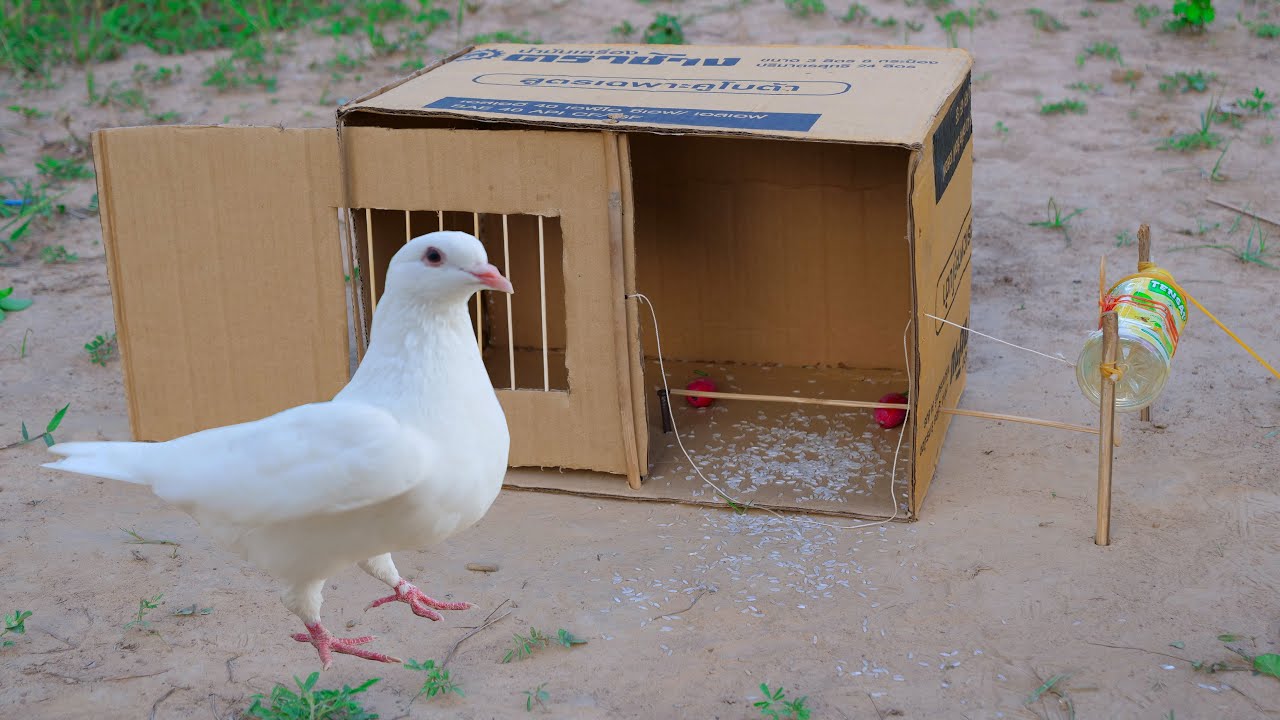
This is the best setup for the lure. It is best for wild birds. Especially if they are livid.
Have you ever enjoyed old-style cartoons? You must have seen personnel make use of a box lure made from a cardboard box, a pile of string, and a stick.
This methodology of trapping birds and alternative animals is as old as time and astonishingly working. It additionally requires very little work or readiness. You would probably spend an extra time outside witnessing your prey come back by then.
The following objects would be needed:
- A cardboard box; a plastic laundry carton
- A 6–8-inch stick
- A long string
- Birdseed
Conclusion
There can be multiple reasons why you might need to catch a wild bird. Maybe an animal is injured in your yard, maybe the pet got loose, and you want it home.
Whatever the reason, it is a must to know how to create a trap.
There are several ways to lure birds. Some are more sophisticated than others. While a few other options are quite simple. They are just out of a carton.

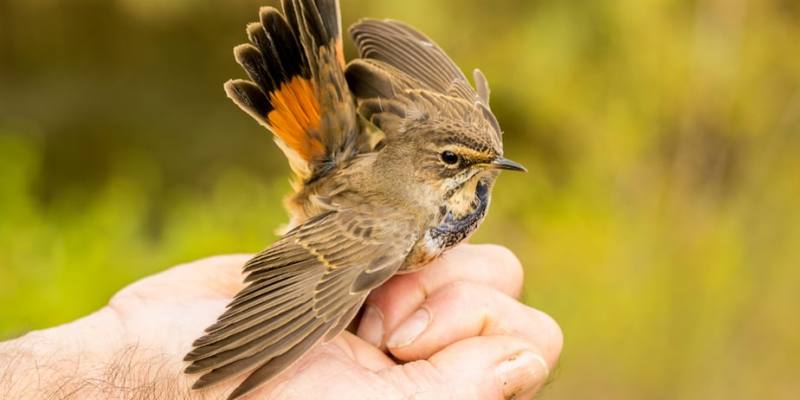



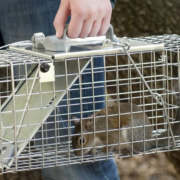




Comments